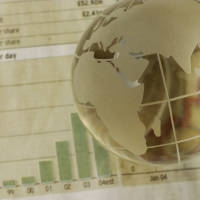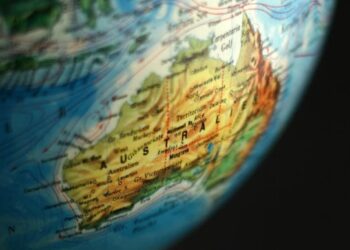While July’s “eye-watering” economic update was quickly outdated by Victoria’s lockdown, Mr Frydenberg backed the assumptions contained in Tuesday’s budget and revealed that Treasury had modelled and was prepared to act on a potential third wave scenario in Victoria or similar-sized state.
“In the event that occurs, you could see a hit to GDP of $55 billion – the equivalent of 1 per cent of GDP – over two years,” Mr Frydenberg said.
Mr Frydenberg also touted an upside scenario where a vaccine was developed and deployed early, resulting in a $34 billion increase in GDP. But when questioned whether the government was prepared to add to its already enormous budget deficit – which is forecast to hit $213.7 billion in 2020 – if a third wave did eventuate, Mr Frydenberg kept his cards close to his chest.
“We will continue to take temporary and targeted measures to drive down unemployment as we have today,” Mr Frydenberg said, but noted that unemployment had already recovered substantially and that the country is “starting to see a trend in the right direction”.
While the reception of the budget has generally been positive, there has been some cautious criticism of the economic assumptions contained within. NAB chief economist Alan Kohler anticipates that unemployment will stay higher for longer (7 per cent in 2021-22 compared to Treasury’s forecast of 6.5 per cent) while GDP will remain lower, while AMP Capital chief economist Shane Oliver also believes growth will remain subdued for an extended period.
“The government is a bit more optimistic than we are in terms of economic growth and unemployment,” Mr Oliver said.
“A big factor constraining growth is that net immigration is expected to be negative resulting in population growth of just 0.2 per cent, the lowest since 1917.”







